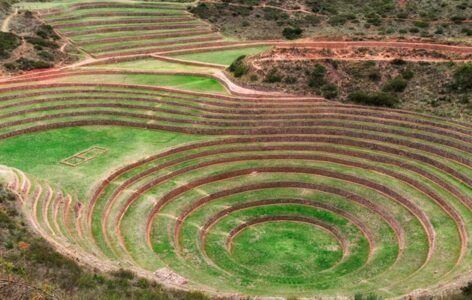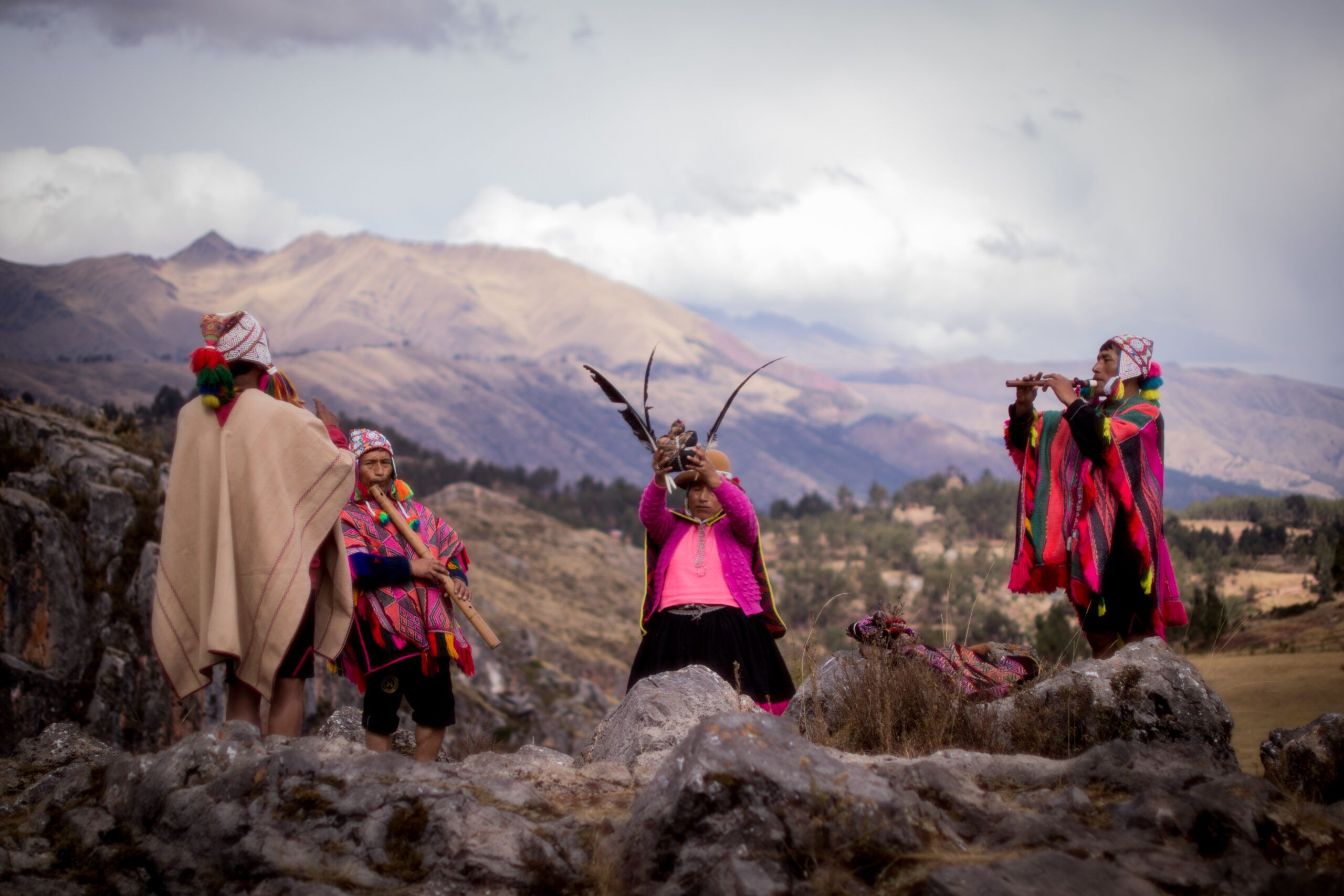The Karpay is one of the most sacred transmissions in the Andean spiritual tradition—an act of awakening, remembrance, and responsibility. Rooted in the lineage of the Q’ero people, descendants of the ancient Inkas, the Karpay is a living bridge between the spiritual and material worlds.

What means Karpay?
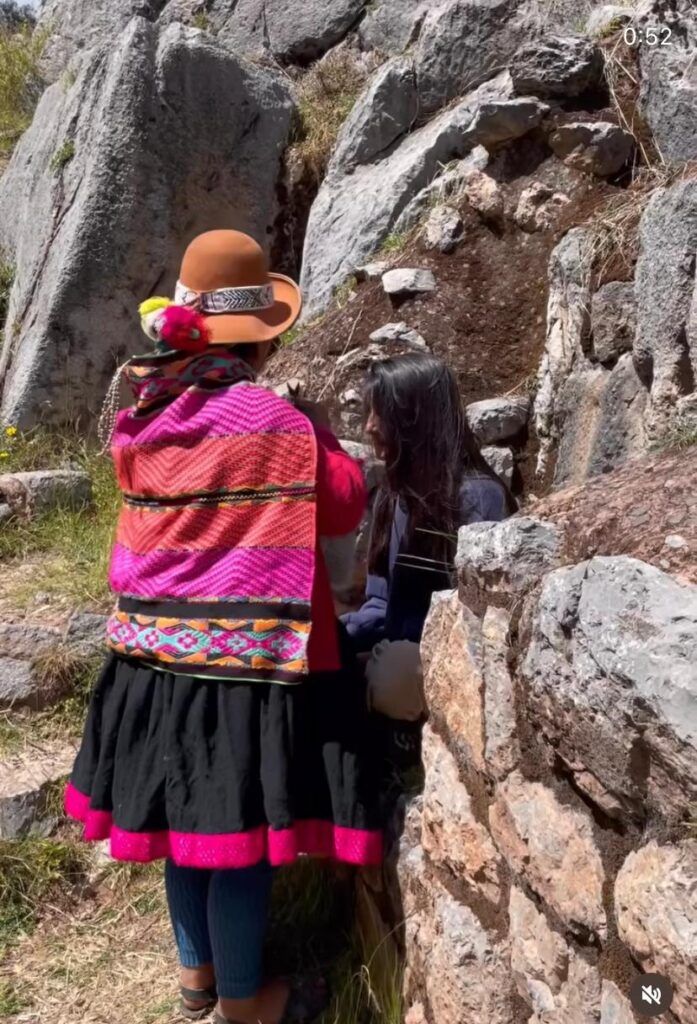
In Quechua, Karpay means “to transmit” or “to seed.” A Karpay is a ceremonial transfer of energy, codes, and ancestral power from a lineage holder—often a Paqo, Altomisayoc, or Pampamisayoc—to an initiate. Unlike symbolic rituals, the Karpay involves real energetic shifts, often accompanied by visions, emotional release, or profound peace.
The ritual includes sacred tools such as k’intus (three coca leaves offered in prayer), mesa bundles (medicine altars), and despachos (offerings to Pachamama and the Apus—sacred mountain spirits like Apu Ausangate, Apu Salkantay, Apu Huanacaure, Apu Pitusiray, Apu Sawasiray, Apukuna, or Apu Machu Picchu).
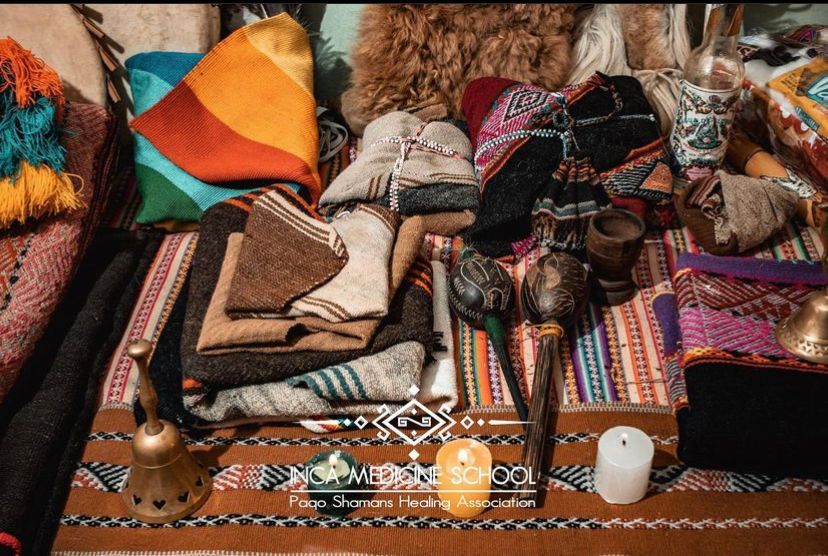
“A Karpay is not a symbolic rite—it is the transmission of actual power and the energetic responsibility to live in harmony with the cosmos.”
(Núñez del Prado, 2009)
Why is it Transformational?
The Karpay activates three essential forces of the human being according to Andean wisdom:
- Yachay – Sacred intelligence or inner knowing
- Munay – Unconditional love and will from the heart
- Llankay – Right action and sacred service
These three energies—sometimes called the Inka Trilogy—are not abstract concepts. They are the blueprint of a balanced human life. When activated through the Karpay, they align the initiate with their original energetic design.

The ceremony also clears hucha (heavy or stagnant energy), opens the energetic body, and initiates the participant into a new Pacha (space-time or life phase).
“Receiving a Karpay can initiate profound transformation, as it realigns us with our soul’s original agreement.”
(Wilcox, 2004)
How is a Karpay Received?
Traditionally, Karpays are received in sacred places in the Andes, often near water or at high altitudes where the veil between worlds is thin. The Q’ero paqos may travel to sites such as Qoricancha, Saqsaywaman, or remote mountain shrines.
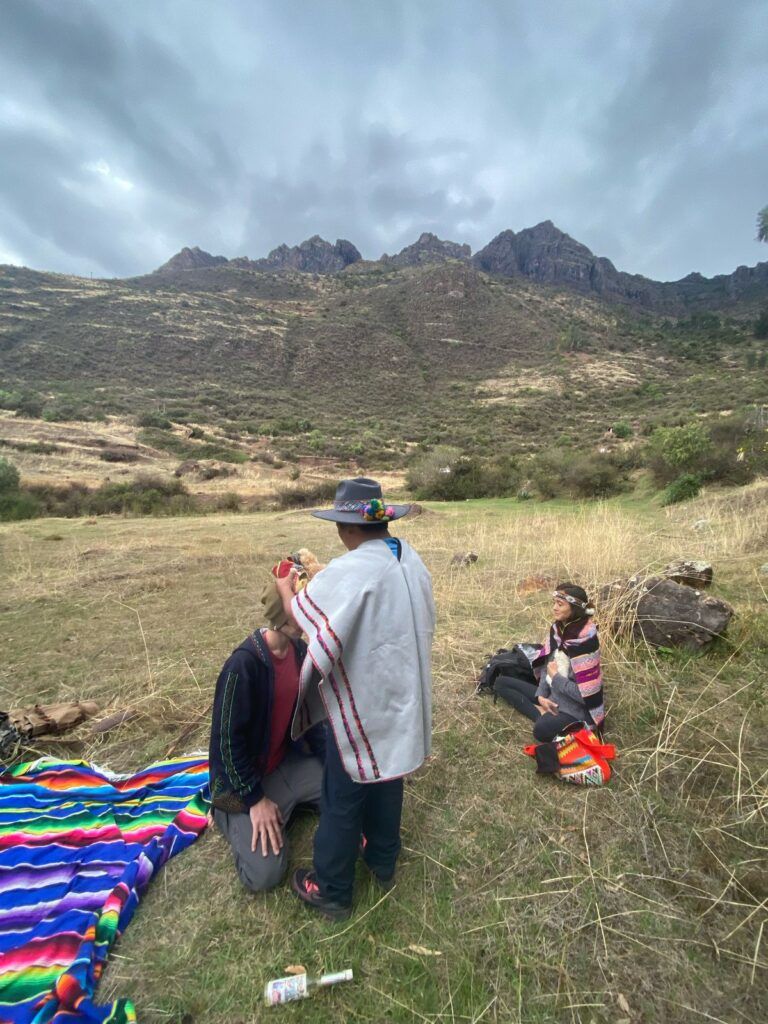
The preparation involves:
- A cleansing diet (physical and energetic)
- Setting intentions with Munay.
- Gathering offerings for a despacho, which honors Pachamama, Tayta Inti (Father Sun), and the Apus
The transmission often includes:
- Blessings with agua florida, flowers, and coca
- Breath and touch over the ñawi (energy centers)
- Whispers in Quechua to awaken the lineage
Even when received outside of Peru, the Karpay remains powerful when guided by an initiated paqo who carries the lineage authentically.
The Invitation of the Karpay
Receiving a Karpay is not about gaining power. It is a commitment to walk a path of sacred reciprocity (Ayni), to serve life, to remember who we are, and to restore balance in our communities and planet.
Whether you are a healer, artist, therapist, activist, or seeker, the Karpay offers a way to connect deeply with the wisdom of Pachamama and the great sacred lineages of the Andes.
It is not a final step, but a beginning.

Bibliography
- Núñez del Prado, J. (2009). The Andean Cosmovision. Cusco: Willka Nina Press.
- Wilcox, J. (2004). Keepers of the Ancient Knowledge: The Q’ero Mystics of Peru. Vermont: Inner Traditions.
- MacLean, K. (2012). The Shape of the Inka Heart: Wisdom from the Q’ero Masters. UK: Heart of the Andes Press.

